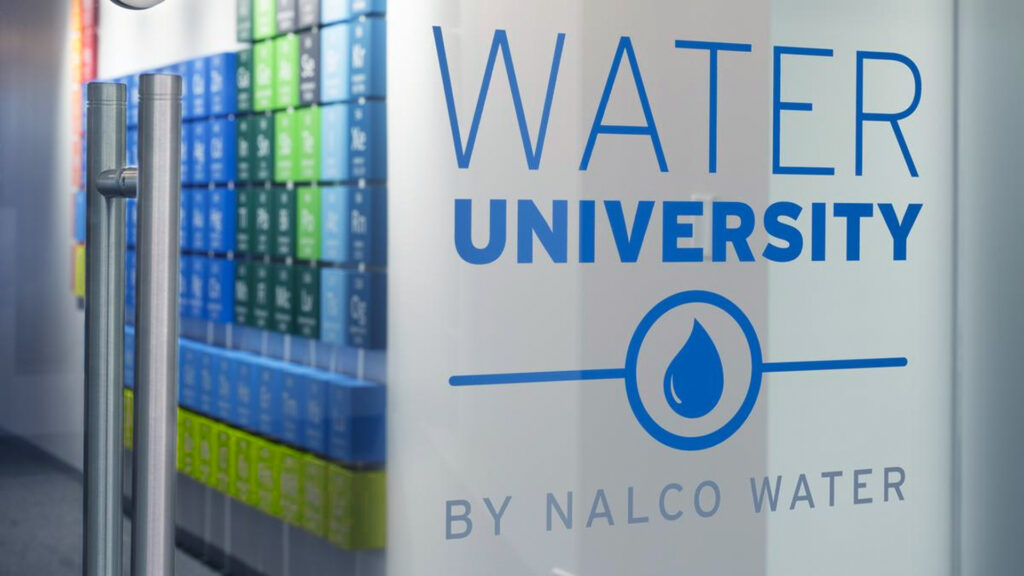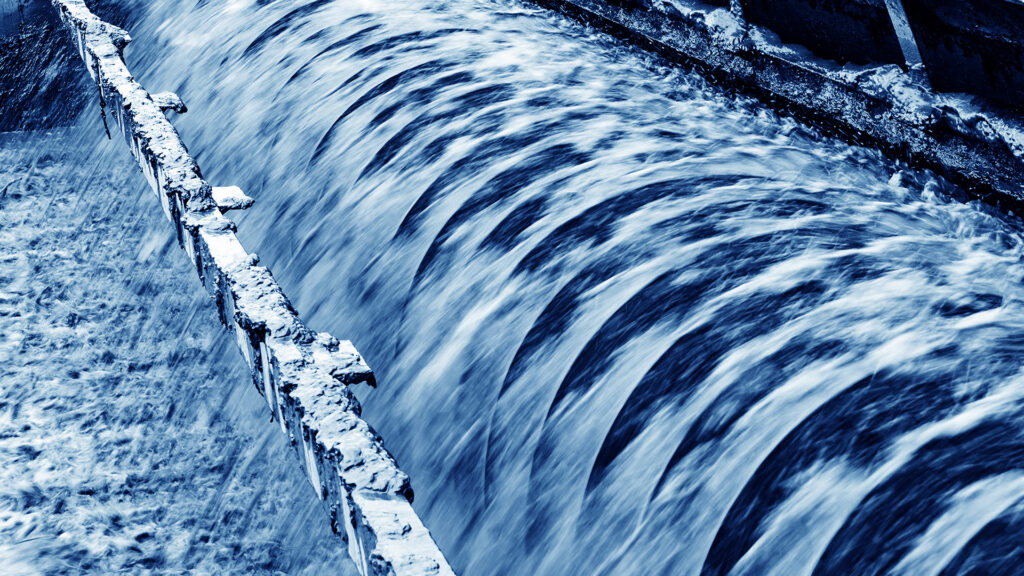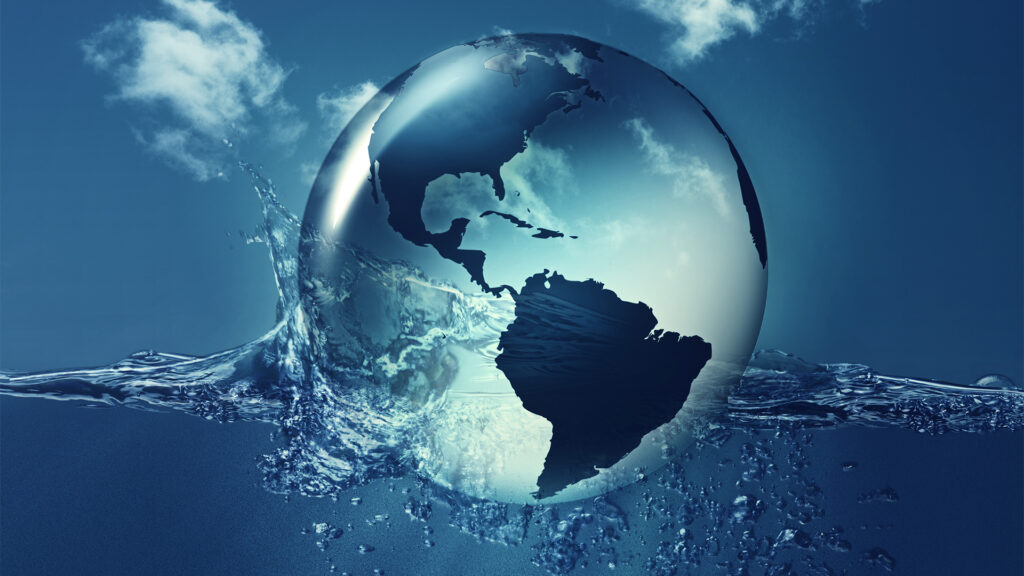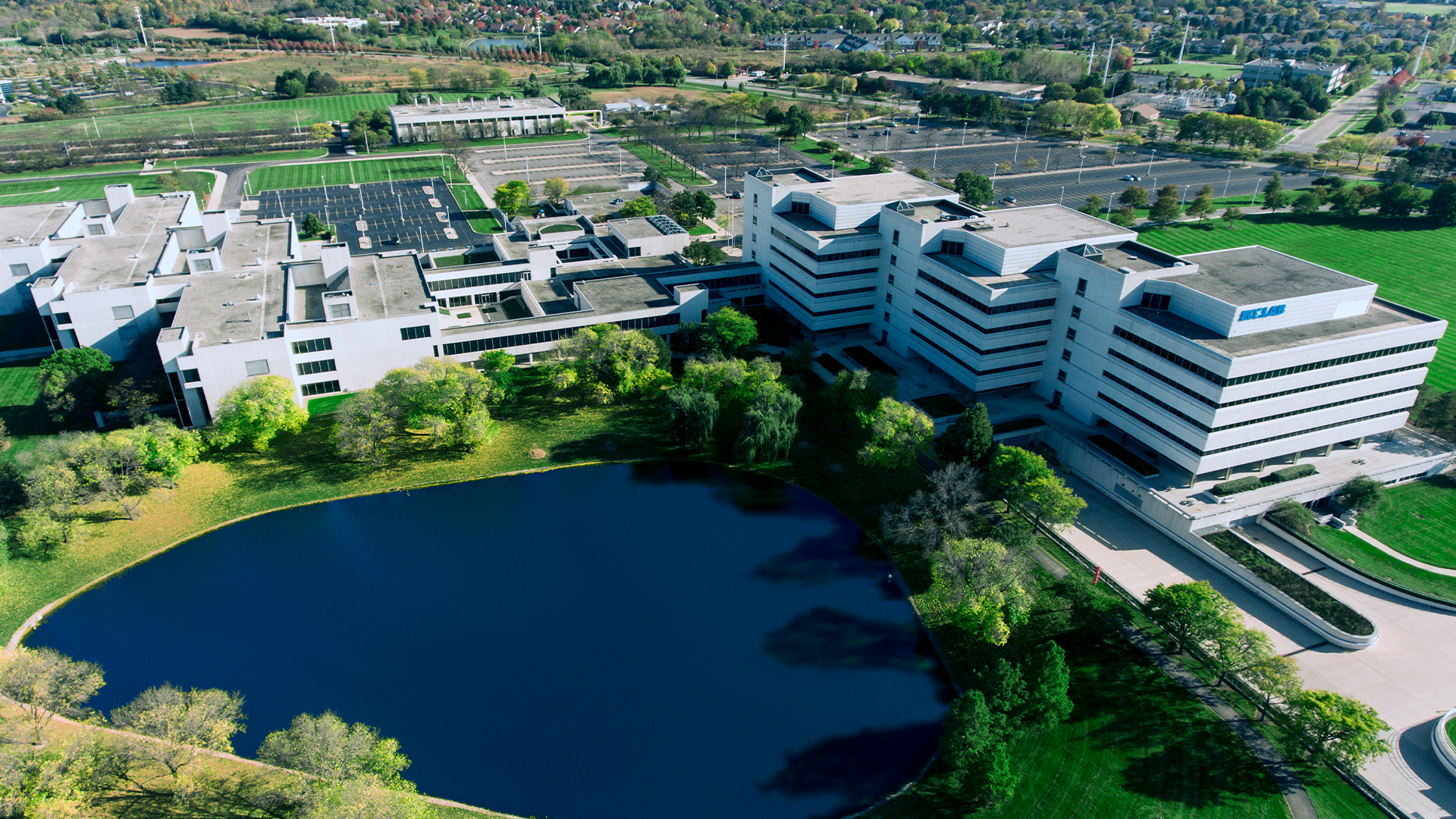When we think of sustainability, we sometimes imagine a tug-of-war between economic and environmental interests—a zero-sum game, with profits and businesses on one side and ecosystems and communities on the other.
That’s just the way it is, right?
Fortunately, that’s not the case.
In fact, many businesses and communities across the globe—and right here in DuPage—are finding that the opposite is true.
As events like World Environment Day (June 5th, 2022) remind us, there are billions of planets in our galaxy, but only one Earth. Earth can’t be replaced, and it’s in all of our best interests to be good stewards of this one-of-a-kind planet. Rather than a competition, sustainability can and must be a collaborative effort that includes ecosystems, businesses and communities.
To celebrate World Environment Day and collaborative sustainability, let’s head to DuPage County and take a closer look at one business that’s using smart science and advanced technology to create a positive future—one drop at a time.
Welcome to Water University

The center of the water universe just might be a one-of-a-kind ‘school’ in Naperville, Illinois.
This is Water University. Created by Nalco Water, an Ecolab company, in 2017, and located on the campus of the company’s Ecolab Industrial headquarters, the facility is a high-tech learning environment where Nalco Water customers and associates educate themselves on state-of-the-art technologies.
At this university, you don’t get degrees. However, as a business owner, engineer, technician, or official, you can learn best practices that help you minimize water usage, maximize the potential of the water you do use, lower your costs, and make your operations more efficient. This is the place where environmental stewardship meets smart business practices.
The moment you step into Water University, your education begins. As a ‘student,’ one of the first places you encounter is the Customer Experience Center. A futuristic installation that would feel right at home in Chicago’s Museum of Science and Industry, the Customer Experience Center teaches users about the role of water in business, and outlines the company’s key technologies and water innovations.
But that’s only the beginning. As you head deeper into Water University, the real, hands-on learning begins.
First, there’s the Training Facility. Here, you can run simulations of real-life challenges using interactive software, then experiment with various programs and technologies in the wet lab.
Then there’s an area dedicated to the Ecolab Global Intelligence Center, which provides a live link to a remote customer service team. Here, you can engage with more than 130 service professionals working 24/7 to identify and resolve issues with your water technology.
Of course, no university would be complete without a lecture hall. At Water University’s brand-new auditorium, which seats more than 100 guests, associates and customers can attend presentations, panel discussions and collaborative training sessions on water technology.
Beneath the Surface

Underlying the sleek technology and immersive experiences of Water University is a message and a mission.
The message? Smart business practices and sustainability are not at odds; in fact, they’re in sync.
Water University helps customers envision the potential of responsible water usage. It helps them visualize how they can shift their water management from a wasteful linear model—in which operations intake water, use it, then discharge it—to a circular model, in which businesses reduce, reuse and recycle their water.
Using immersive experiences, the facility helps key decision-makers not only learn but see, feel and understand how the right technology can help them practice more sustainable water management—and how that can be good for both the environment and their bottom line.
The mission of Water University is deeply rooted in the company’s history. Nalco Water is owned by Ecolab, a global leader in water, hygiene and infection-prevention solutions. Founded nearly a century ago, Ecolab began as a one-product, one-employee business. In the 1970s, as the environmental movement took off, the company emerged as a leader in the sustainability space. Today, they provide technologies, services and solutions that help customers around the world achieve both their business and sustainability goals. Their most recent effort has been to champion 2030 goals related to water, climate, food and health (check out this video to learn more.)
At the center of Ecolab’s mission is water. This year alone, the company’s technologies have helped save more than 43 billion gallons of it, the equivalent of the annual drinking needs of 4.4 billion people.
And that’s a very, very good thing. Right now, our world needs sustainable water solutions more than ever.
Water World
Water shapes our lives in ways we see and ways we don’t.
Some are obvious. There is the water we drink and bathe in, the water that cleans our dishes, washes our clothes, and fills our pools, lakes and rivers.
But much of the water that flows through our lives is invisible to the average person.
Take this blog, for instance. Water is a key ingredient in nearly all manufacturing processes; countless gallons of it were used to build the device on which you’re reading this. Countless more were used when shipping it to you, and there’s a good chance that at least some of the electricity powering your device consumes additional water, directly or indirectly.
Even the data itself, the raw information that composes the words you’re reading and the images you’re seeing, consumes water. All this info—and so much more—is stored in data centers. Data centers, the foundation of our increasingly digitized world, use immense volumes of water to prevent their servers from overheating. They offer a glimpse at one of the many roles of water in our future.
Water is essential for growing our food, manufacturing our goods, and keeping our businesses and communities running. In the U.S., 45 percent of freshwater withdrawals are used for thermoelectric power, 32 percent for irrigation (mostly agriculture), 12 percent for public supply, and five percent for self-supplied industrial operations.
But don’t be fooled: Just because water is everywhere doesn’t mean it is unlimited or even abundant.
In fact, less than one percent of the Earth’s water is available for human use. The rest consists of saltwater in oceans, freshwater frozen in polar ice caps, and water that is otherwise inaccessible to humans.
Despite how essential our water supply is to every aspect of our lives—and despite how limited we know this natural resource is—humans, historically, haven’t been good stewards of it.
In addition to pollution, which has damaged ecosystems within and beyond our natural waterways, our insatiable thirst for water has brought us to an impasse; by 2030, demand for freshwater is expected to exceed supply by 56 percent. (Until recently, that number was 40 percent. However, in 2020, the World Resources Institute announced that the water crisis had been exacerbated from 40 to 56 percent.)
Meanwhile, less than 10 percent of freshwater in the U.S. is reused, and only three percent of wastewater across the globe is recycled. Our current approach is simply unsustainable. Populations are rising and demand for water is increasing; at the same time, the supply of water is the same as ever. We’re in a rocket ship, and we’re flying towards a ceiling.
What happens when we hit the ceiling? Already, we can see the consequences of our strain on the water supply. For most people, that means higher water prices and seasonal watering restrictions. For businesses, that means goods are more expensive to produce, leading to higher prices for consumers and stagnation across the economy.
For the environment, that means disruptions to numerous ecosystems. As water tables dip, concentrations of pollutants rise, disrupting food chains and sending shockwaves through animal populations and onto human communities.
Ripple Effects

There’s a growing trend among environmental activists, businesses and communities to think differently about sustainability. And when you look at the urgency of the crisis and the success of Ecolab and Nalco Water’s business model, it’s easy to see why.
This trend hinges on an updated definition of sustainability, one that focuses on three pillars.
#1: Environmental Sustainability: This is all about good environmental stewardship—responsibly managing natural resources, respecting the natural world, and protecting ecosystems. When most people think of sustainability, they think only of this pillar. But this definition includes two more.
#2: Economic Sustainability: This refers to practices that support long-term economic health and enable businesses to succeed while doing good for people and the planet.
#3: Social Sustainability: This final pillar refers to practices that protect people and preserve our society. That includes ensuring that everyone has access to the basics: clean water, adequate food, quality education, healthcare and shelter, as well as human rights. It extends to the workforce, a community that practices social sustainability protects their workers from exploitation and discrimination.
As a society, we debate these three pillars all the time, often separating them, pitting them against one another, and arguing over which pillars are more important. However, by grouping them under one banner, the banner of sustainability, we can see that they are inseparable.
Not only do efforts to sustain the environment contribute to economic and social sustainability, and vice versa—you really can’t have one without the other. If we let the environment waste away, our quality of life will suffer, as will our businesses and our social fabric. If we ignore social justice, our workforce and consumers will be unhealthy, our economy will stagnate, and we will lack the social cohesion to mobilize for sustainability. Finally, if we ignore economic sustainability, we won’t have the resources to pursue our other goals. Each pillar is essential to the others.
Ecolab demonstrates how businesses and communities can pursue all three goals at once.
By improving their customers’ water management practices, they help these businesses reduce costs, protect the environment and improve their business’ public image. Meanwhile, as Ecolab has made the first two pillars core to their business model, the third is just as important to their business and culture. Recently, they have enriched their company’s diversity and inclusion practices, focusing on gender, racial and ethnic equity among their employees and serving as a role model for other businesses.
Ecolab inspires us. They show us how, rather than conflicting with one another, the three pillars of sustainability can together be the bedrock of successful businesses and strong communities.
We all share one Earth. We all share one future. And while each of us has our own perspectives, goals and abilities, creating a more sustainable world is one thing that can—and must—bring us all together.
Thank you for reading! For incentives, information and other resources for DuPage businesses practicing sustainability, start here.


